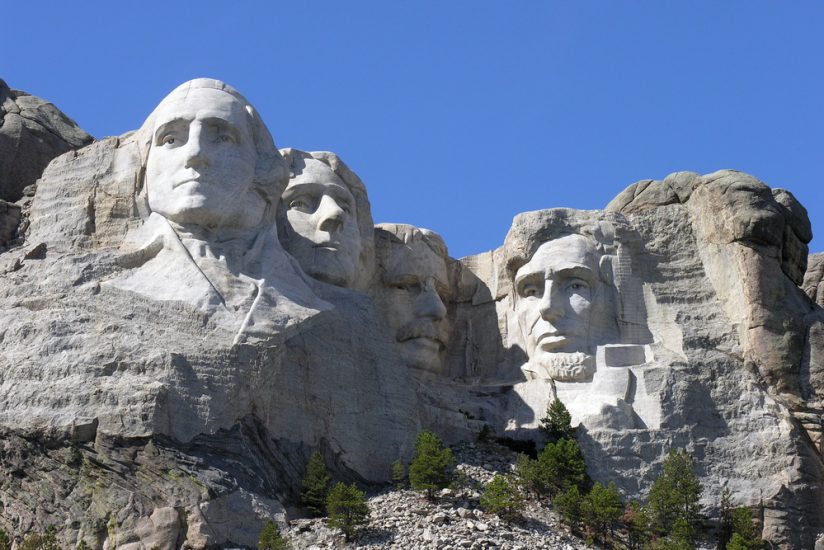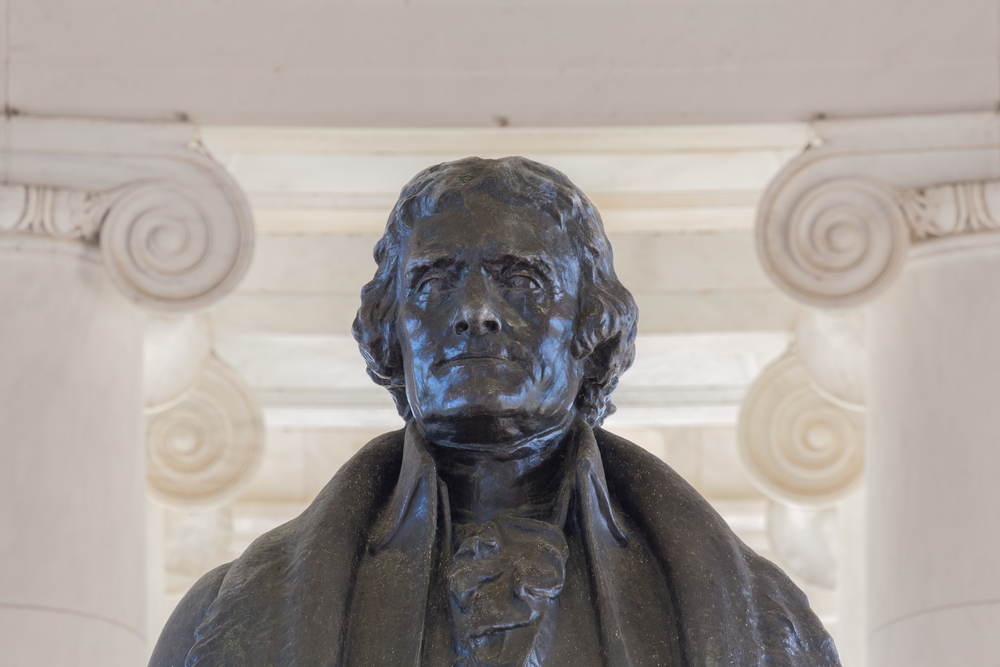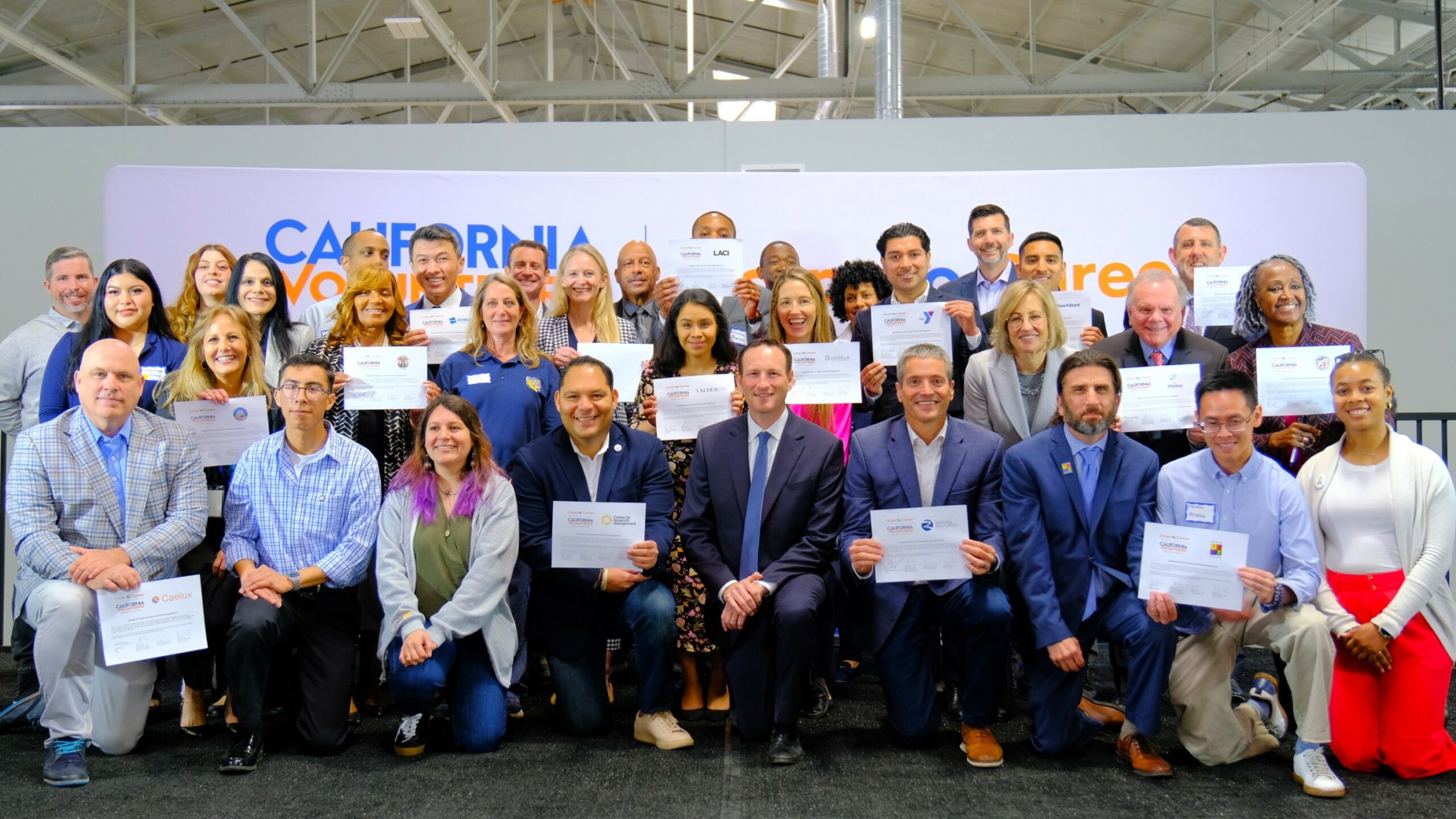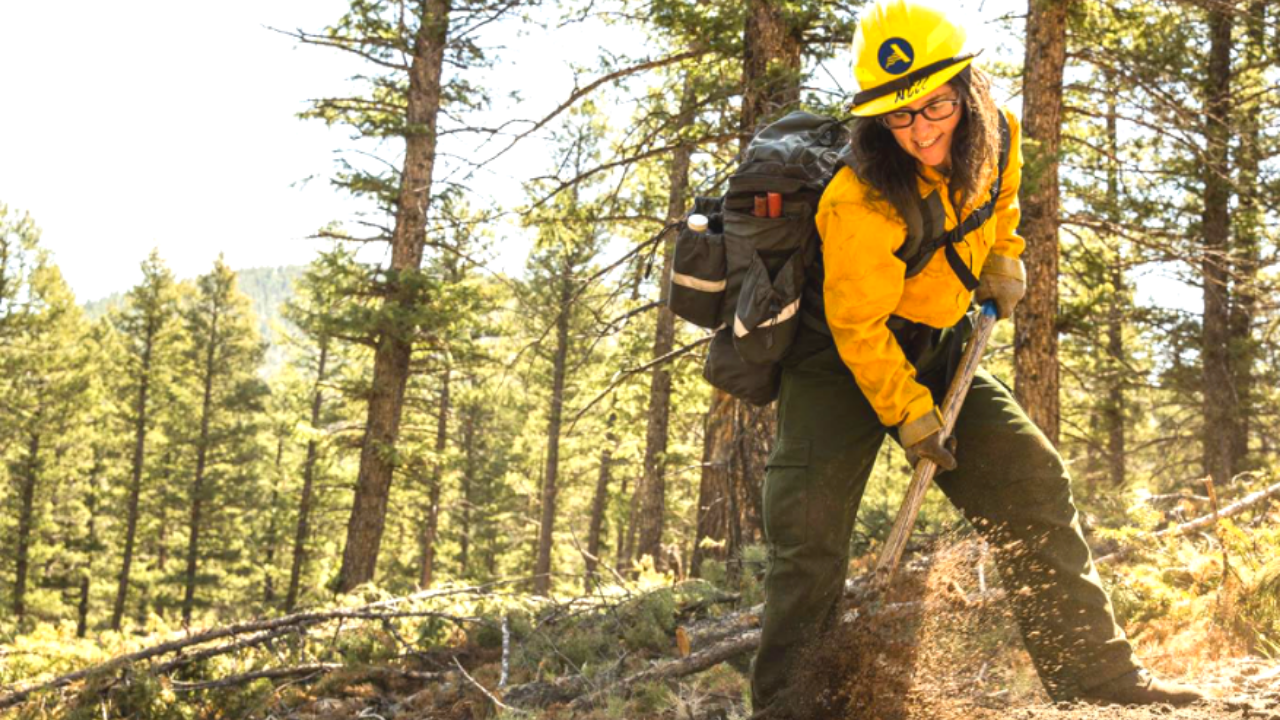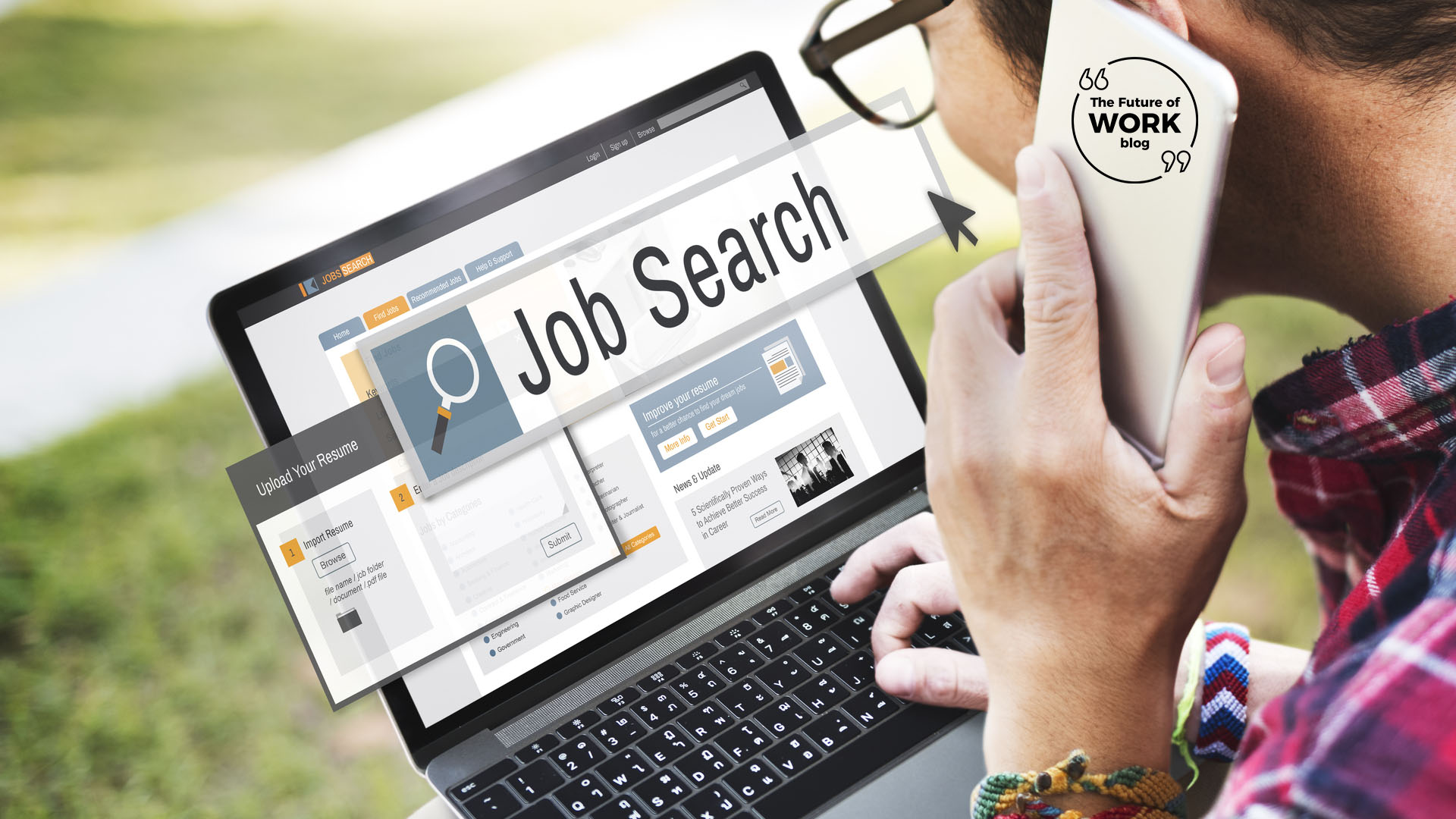There isn’t an entry-level position to become the next president of the United States, but all of our commanders-in-chief got their start somewhere before ascending to the highest office in the nation.
Over at Business Insider and Career Builder, they’ve revealed the jobs that our U.S. presidents had before taking office. WorkingNation is going to put them in a modern context to see what they would be up against if they were looking for a job today.
George Washington
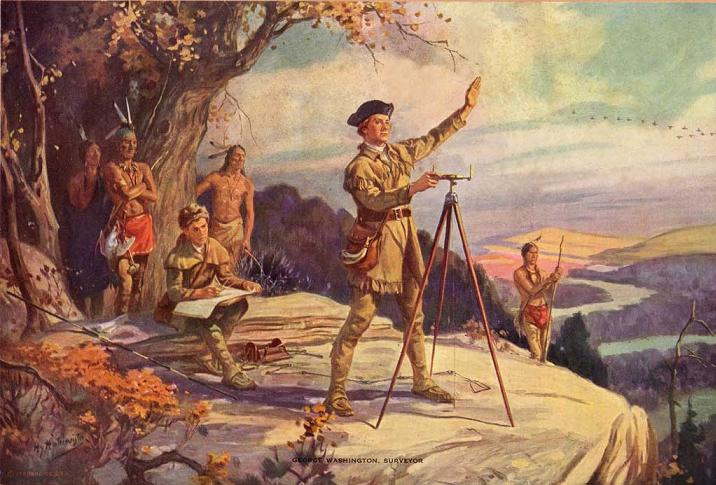
The first president started his career as a land surveyor at 16 years old when he was tasked to survey the Shenandoah Valley. He built his skills by surveying his home at Mount Vernon, before heading out to the frontier in 1748. Some of his equipment would still be useful, like his theodolite. Today, Washington would need a high tech skill set to use modern mapping technology like 3D scanners, laser-guided levelers, and GIS software. He would also have to learn how to operate a drone.
Abraham Lincoln
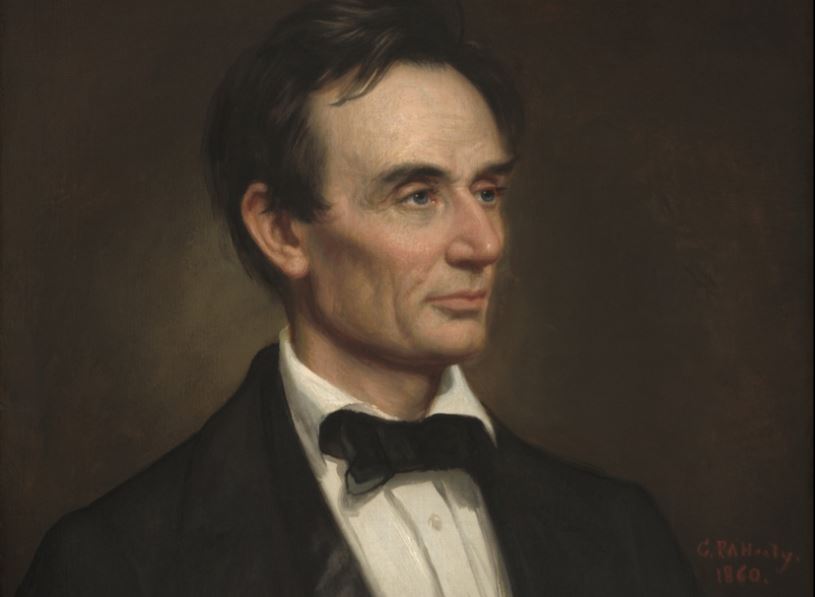
Honest Abe was also the nation’s first Bartender-in-Chief, according to the Chicagoist. In 1833, he opened a general store in New Salem, Illinois, which also served as the local drinking establishment. Though Lincoln’s future as a purveyor of spirits was short-lived, he used the experience to develop the soft skills that would benefit him later on in his political career. Today’s employers want people who can communicate effectively and customer service is still a great environment to hone that skill.
Thomas Jefferson
The third president was most notably a lawyer, but he was also a librarian, scientist, naturalist and writer. What would happen if Jefferson’s lengthy résumé was posted on a job search board? He’d have to contend with algorithms and other automated software before someone set human eyes on it. He’d have to distill the key aspects of his employment history and identify the exact skills which his future employer is looking for. And he’d probably be better off keeping it short and to the point.
Theodore Roosevelt
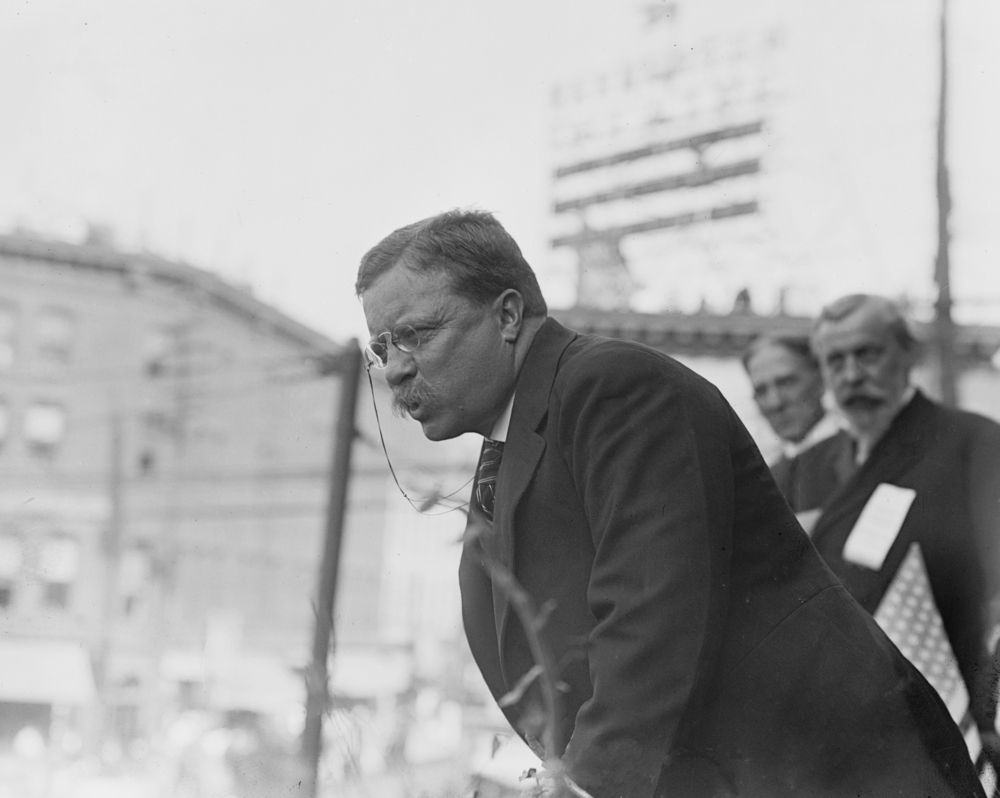
Theodore Roosevelt began his career in public service at an early age. He was the youngest to serve in the New York State Assembly where he became the minority leader while still in his twenties. He is still the youngest president to be sworn into office at age 42. He would be an ideal candidate for today’s young voters. As a progressive politician, he was tough on big business and a staunch advocate for the natural environment. There has been a recent groundswell of support for young people to enter civil service and they are getting the message.
Andrew Johnson
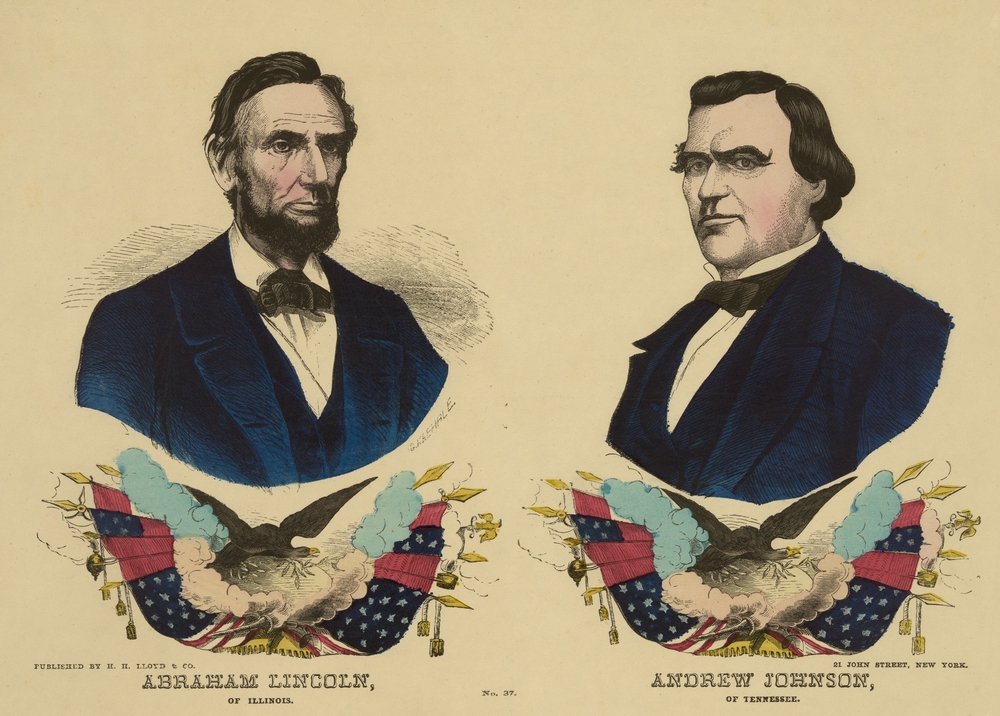
Before becoming the vice president under Lincoln, Johnson apprenticed as a tailor under his mother. Apprenticeships are gaining more notoriety for their ability to connect people to careers that don’t require a 4-year degree. We highlighted this educational model in insurance in our Do Something Awesome mini-documentary on Harper College and Zurich North America’s apprenticeship in Lincoln’s home state.
Herbert Hoover
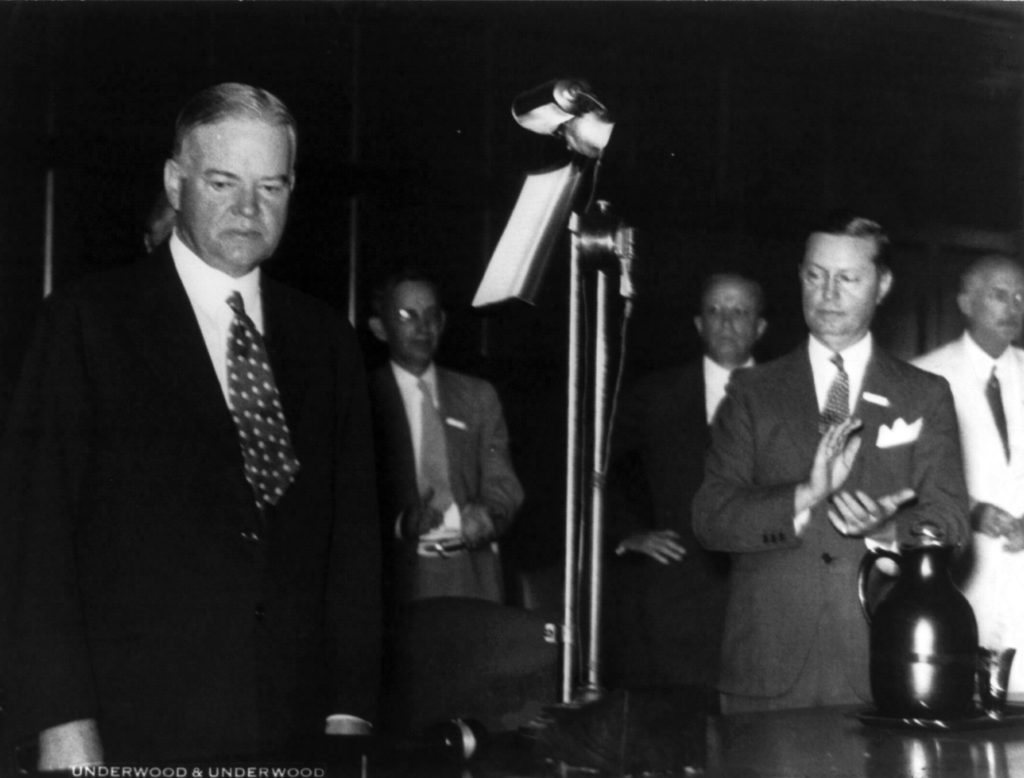
The 31st president began his working life underground as a geologist and miner in Western Australia. Hoover would have a more difficult time securing employment in today’s dynamic energy market, but his STEM skills could translate into other careers.
Bill Clinton
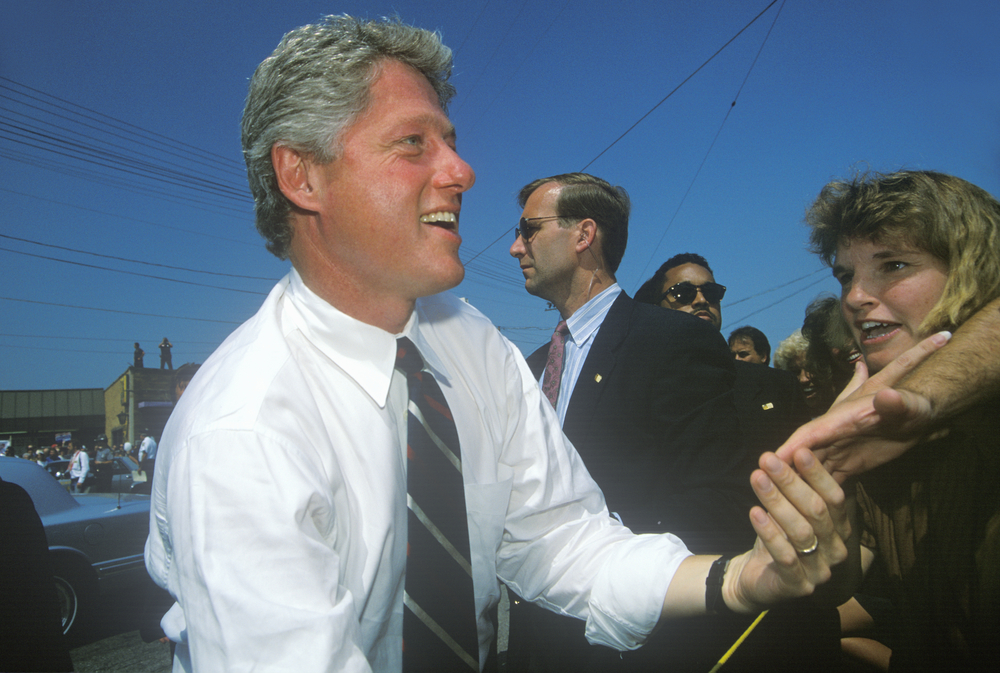
Clinton understood the importance of having a side hustle at the tender age of 13. Business Insider cited a report which said that the young Clinton convinced his boss that selling comic books would help out the grocery store’s bottom line. According to BI, Clinton netted an extra $100 in his overall pay for his effort.
Barack Obama & Ronald Reagan
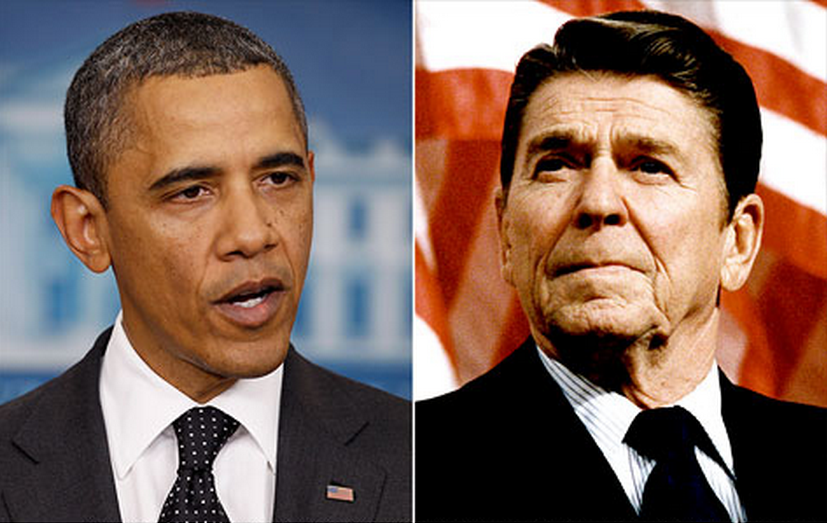
Never underestimate the power of a summer job. Obama and Reagan worked as an ice cream scooper and lifeguard respectively in their youth. These jobs helped both of them develop their work ethic and their bodies: Obama worked out his forearm muscles scooping endless amounts of ice cream and Reagan bulked up to his silver-screen friendly swimmer’s physique. Unfortunately, teen participation in the workforce has been in decline, leading to a nationwide shortage of lifeguards. Ice cream scooping, on the other hand, is going to the robots.
Overall, the common theme from the presidents’ employment histories shows their remarkable adaptation to the times in which they lived. The majority of them developed their skills while working their first jobs. They also engendered a lifelong love of learning. As leaders, they exemplified the can-do spirit which is a hallmark of the office.
While some of their initial professions have changed with technology, their fundamental skill sets would serve them well today.
Join the Conversation: Who is your favorite president and why? Tell us on our Facebook page.

